A biography of Woody Guthrie, one of America’s greatest folk singers. He left his dust-devastated Texas home in the 1930s to find work, discovering the suffering and strength of America’s […]
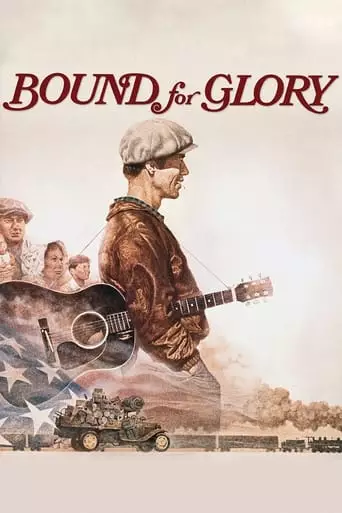
A biography of Woody Guthrie, one of America’s greatest folk singers. He left his dust-devastated Texas home in the 1930s to find work, discovering the suffering and strength of America’s […]
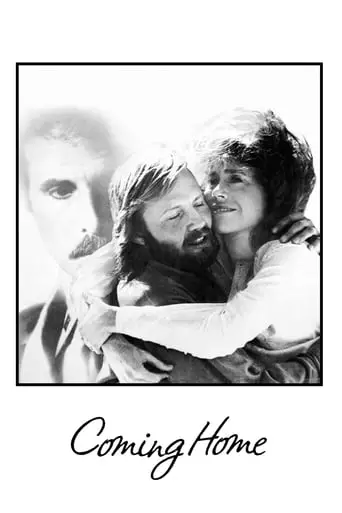
The wife of a Marine serving in Vietnam, Sally Hyde decides to volunteer at a local veterans hospital to occupy her time. There she meets Luke Martin, a frustrated wheelchair-bound […]
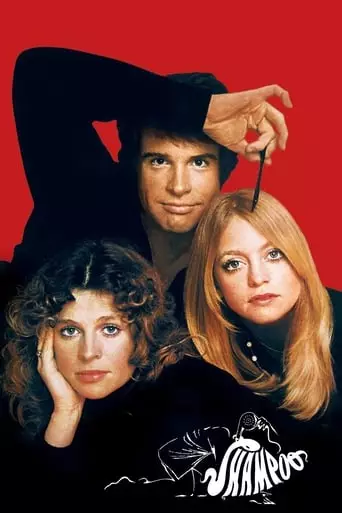
George Roundy is a Beverly Hills hairstylist whose uncontrolled libido stands between him and his ambitions. He wants the security of a relationship. He wants to be a hairdressing star […]
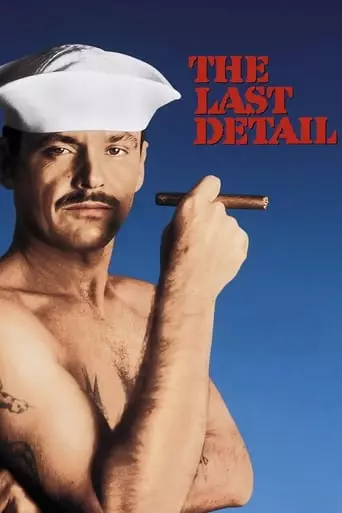
Two Navy men are ordered to bring a young offender to prison, but decide to show him one last good time along the way. The Last Detail (1973), directed by […]
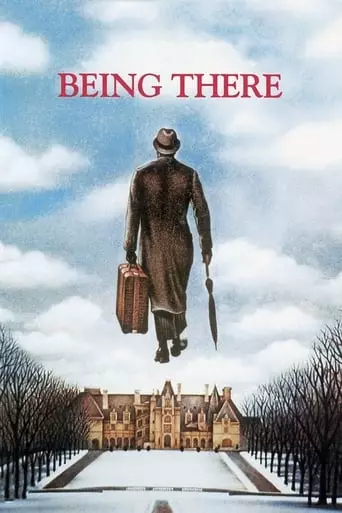
A simple-minded gardener named Chance has spent all his life in the Washington D. C. house of an old man. When the man dies, Chance is put out on the […]

The young Harold lives in his own world of suicide-attempts and funeral visits to avoid the misery of his current family and home environment. Harold meets an 80-year-old woman named […]
Hal Ashby: The Maverick of 1970s American Cinema
Hal Ashby (1929–1988) was one of the most distinctive voices in 1970s American cinema, known for his offbeat storytelling, humanistic themes, and countercultural spirit. As a director, Ashby captured the complexities of the human experience with humor, poignancy, and a deep sense of empathy.
With a string of critically acclaimed films, including Harold and Maude (1971), The Last Detail (1973), Shampoo (1975), Bound for Glory (1976), and Being There (1979), Ashby became a defining figure of the New Hollywood era. His work continues to resonate for its bold narratives, unforgettable characters, and exploration of themes like individuality, societal norms, and the search for meaning.
Early Life and Career Beginnings
Harold Lloyd Ashby was born on September 2, 1929, in Ogden, Utah. His early life was marked by personal struggles, including the suicide of his father when Ashby was 12. These formative experiences shaped his worldview and later informed the emotional depth of his films.
Ashby began his career in Hollywood as an editor, a craft he excelled at under the mentorship of director Norman Jewison. His editing work on Jewison’s In the Heat of the Night (1967) earned Ashby an Academy Award for Best Film Editing, paving the way for his transition to directing.
Directorial Debut and Breakthrough
Ashby made his directorial debut with The Landlord (1970), a satirical comedy about race and gentrification in Brooklyn. The film, starring Beau Bridges, showcased Ashby’s knack for blending humor with incisive social commentary, setting the tone for his future work.
His breakthrough came with Harold and Maude (1971), a darkly comedic and unconventional love story between a death-obsessed young man and a vivacious older woman. Though initially divisive, the film became a cult classic, celebrated for its quirky humor, existential themes, and Cat Stevens’ memorable soundtrack.
The 1970s: A Decade of Masterpieces
The 1970s were a golden period for Ashby, during which he directed a series of films that cemented his legacy as one of the era’s most important filmmakers:
The Last Detail (1973)
Starring Jack Nicholson, The Last Detail is a gritty yet humorous tale of two Navy petty officers escorting a young sailor to prison. The film’s sharp dialogue, raw performances, and critique of military bureaucracy made it a critical success.
Shampoo (1975)
A satirical look at sexual politics and materialism in 1960s Beverly Hills, Shampoo starred Warren Beatty as a womanizing hairdresser. The film’s biting humor and exploration of personal and political disillusionment resonated with audiences, earning four Academy Award nominations.
Bound for Glory (1976)
This biographical drama about folk singer Woody Guthrie, played by David Carradine, showcased Ashby’s ability to capture the spirit of a time and place. The film won two Academy Awards, including one for its groundbreaking use of the Steadicam.
Coming Home (1978)
A deeply emotional exploration of the Vietnam War’s impact on soldiers and their loved ones, Coming Home starred Jane Fonda and Jon Voight, both of whom won Oscars for their performances. The film’s sensitive treatment of trauma and its anti-war message struck a chord with audiences and critics alike.
Being There (1979)
Perhaps Ashby’s most iconic film, Being There is a satirical fable about a simple-minded gardener, played by Peter Sellers, who inadvertently becomes a political and cultural icon. The film’s sharp commentary on media, politics, and human gullibility earned it widespread acclaim and an Academy Award for Best Supporting Actor (Melvyn Douglas).
Themes and Style
Ashby’s films are marked by their:
Humanism: Ashby’s characters are often flawed but deeply relatable, reflecting his empathy for the human condition.
Social Commentary: His films critique societal norms, political systems, and cultural hypocrisies, often with humor and irony.
Collaborative Spirit: Ashby worked closely with actors, encouraging improvisation and naturalistic performances that brought his characters to life.
Editing Mastery: His background as an editor informed his storytelling, with a focus on rhythm, pacing, and emotional resonance.
Challenges in the 1980s
The 1980s were a difficult period for Ashby. Struggles with studio interference, personal issues, and changing industry dynamics hindered his ability to produce work on par with his earlier successes. Despite these challenges, Ashby continued to experiment with storytelling and remained committed to his artistic vision.
Legacy
Hal Ashby passed away on December 27, 1988, from cancer, but his influence endures. His films remain touchstones of the New Hollywood era, celebrated for their wit, humanity, and fearless exploration of complex themes.
Ashby’s work has inspired generations of filmmakers, including Wes Anderson, Alexander Payne, and Noah Baumbach, who cite his ability to blend humor and pathos as a key influence. His films remind us of the power of cinema to challenge conventions, provoke thought, and connect us to the shared experiences of life.
Conclusion
Hal Ashby was a maverick filmmaker whose work defied categorization. With his unique blend of humor, heart, and social critique, he captured the essence of a transformative era in American cinema.
Through his timeless films, Ashby’s legacy continues to shine, inviting audiences to laugh, reflect, and rediscover the beauty and complexity of the human experience.